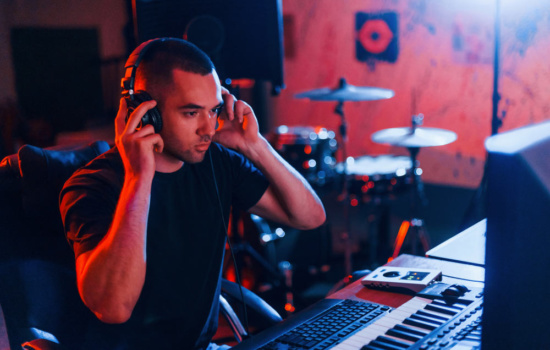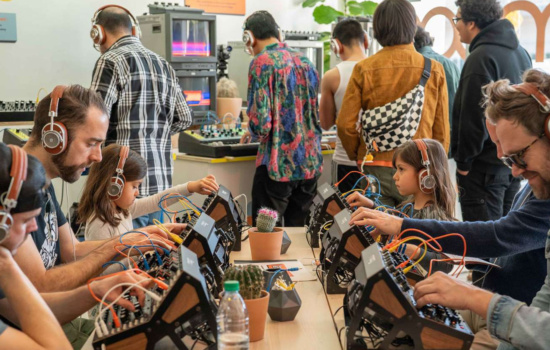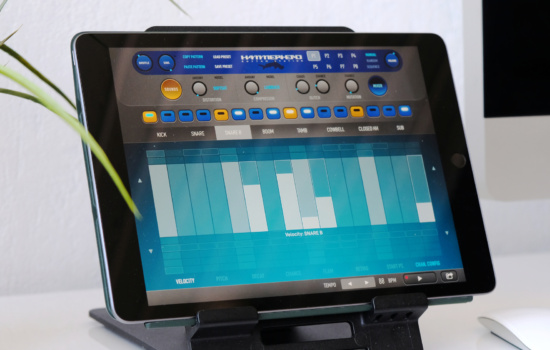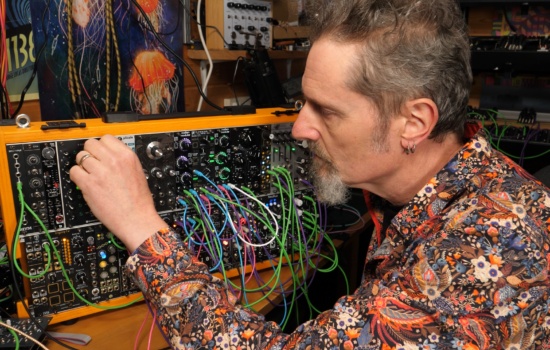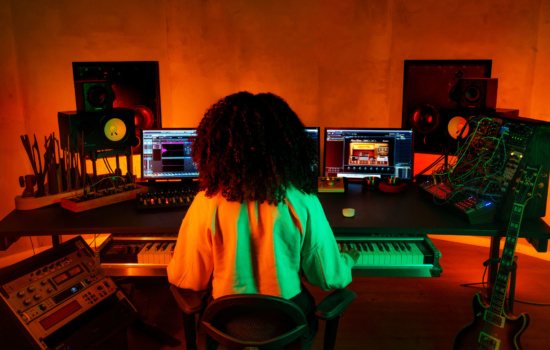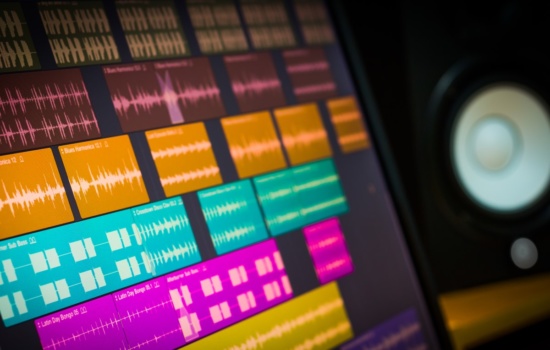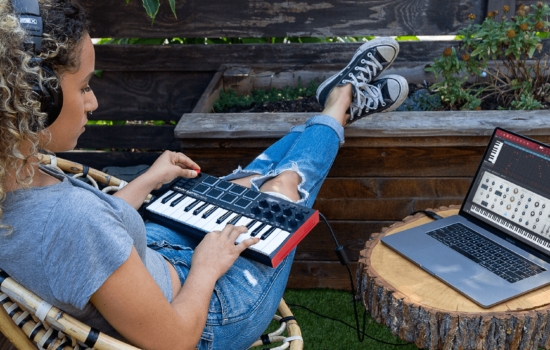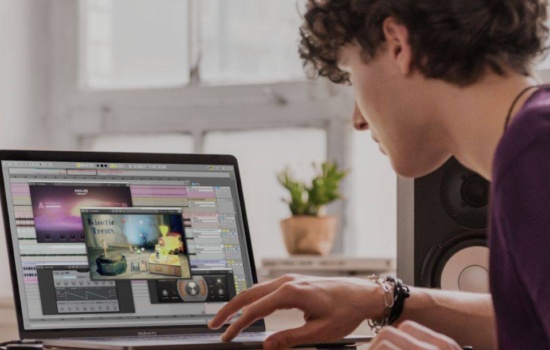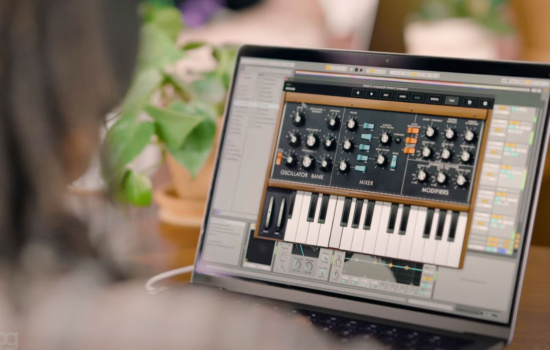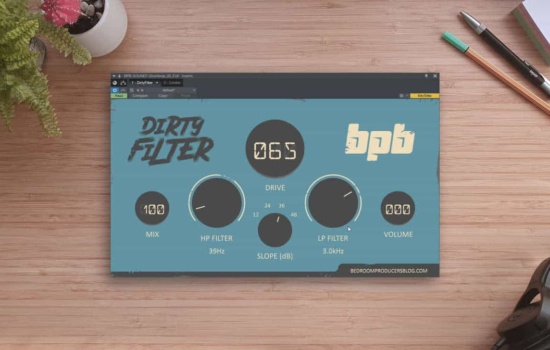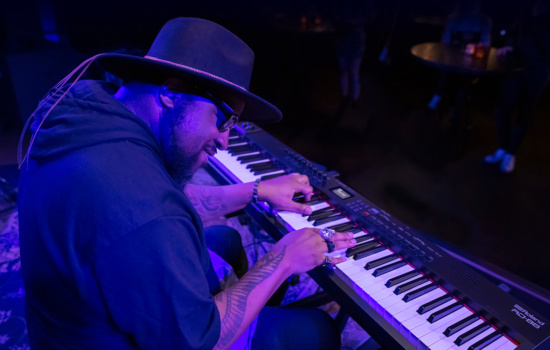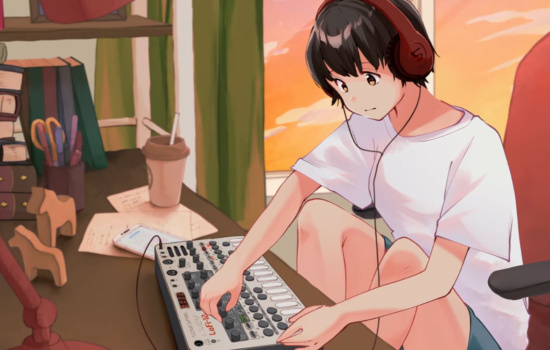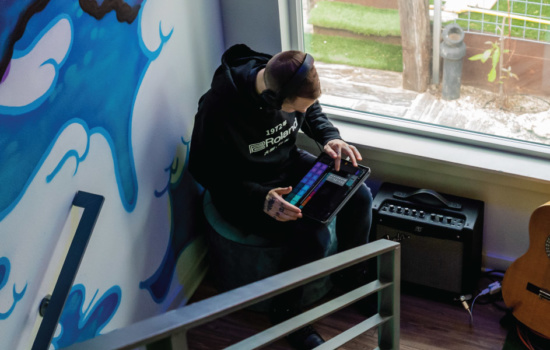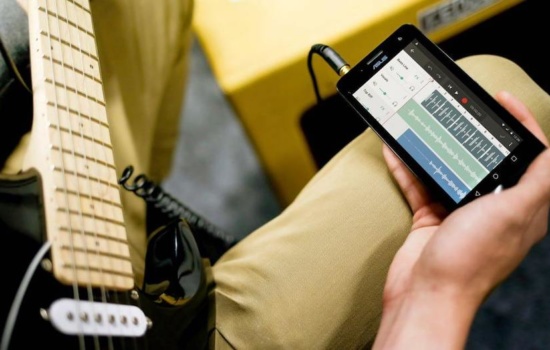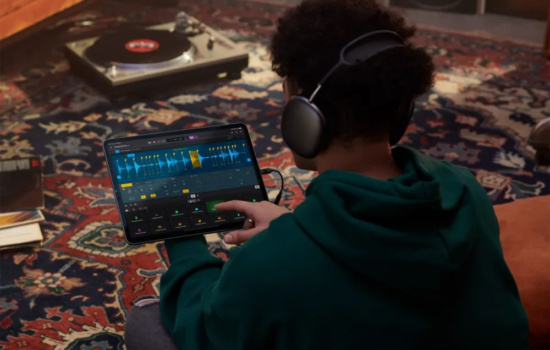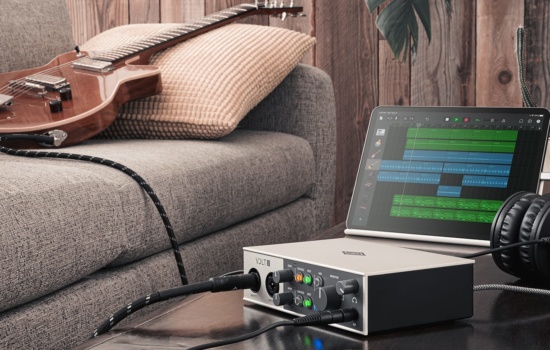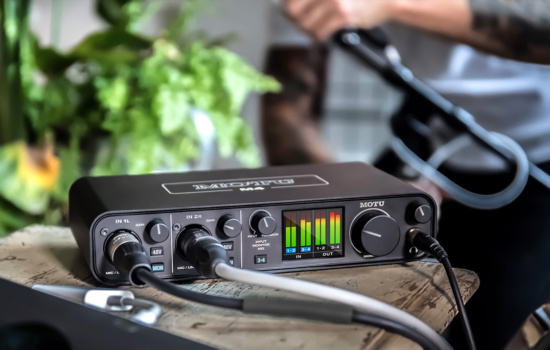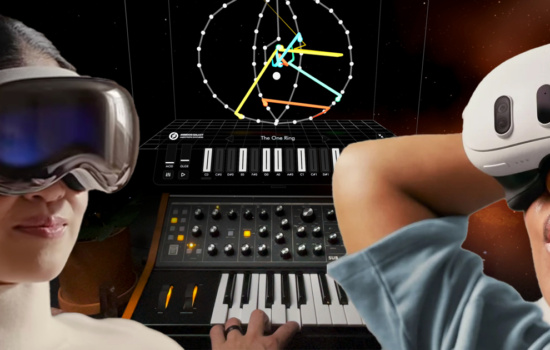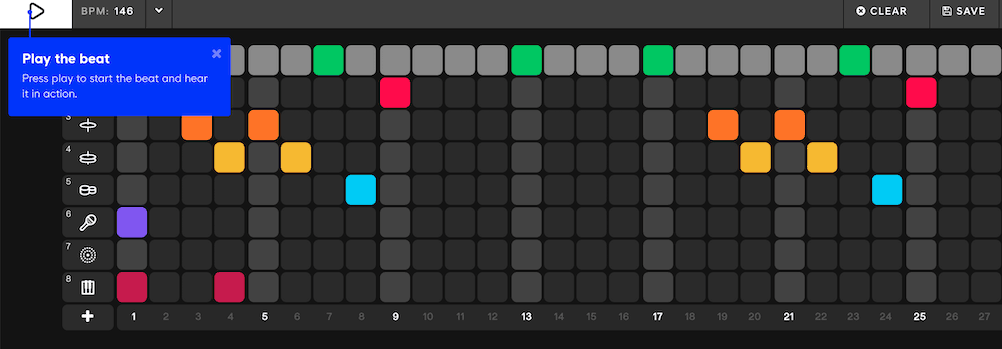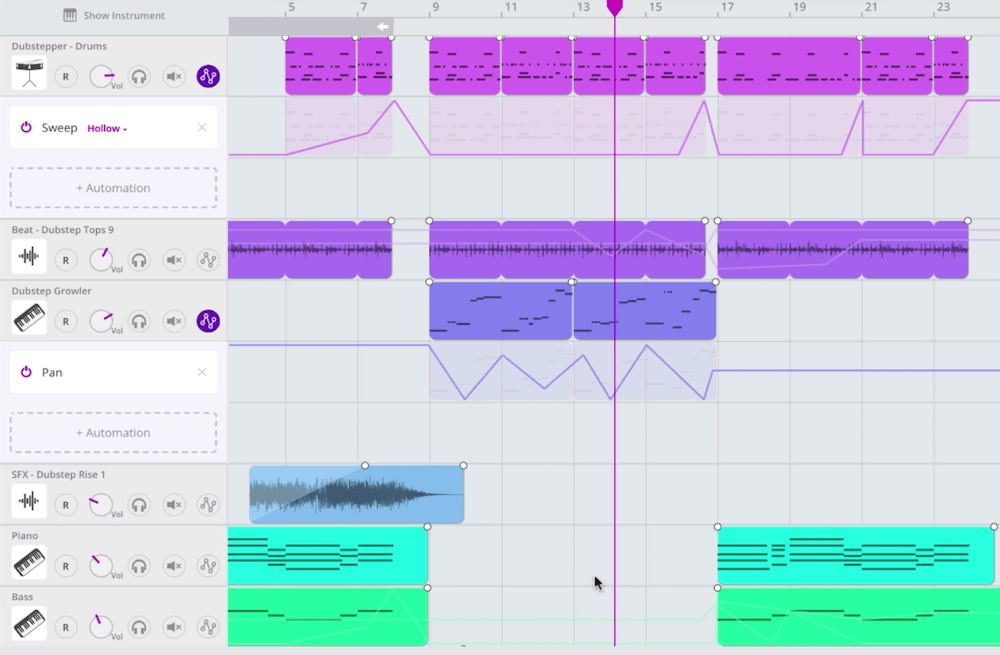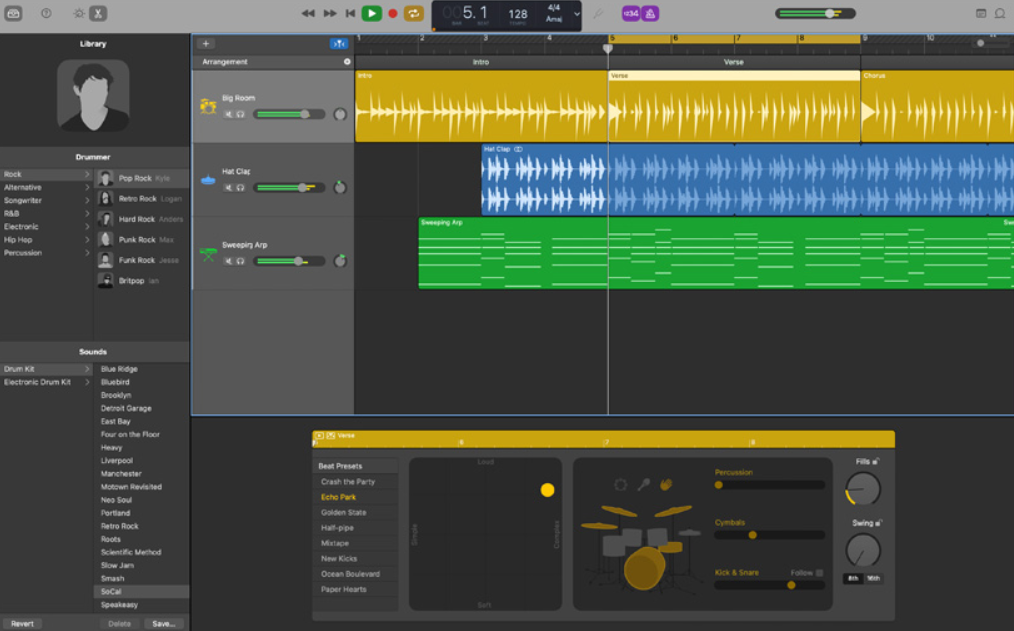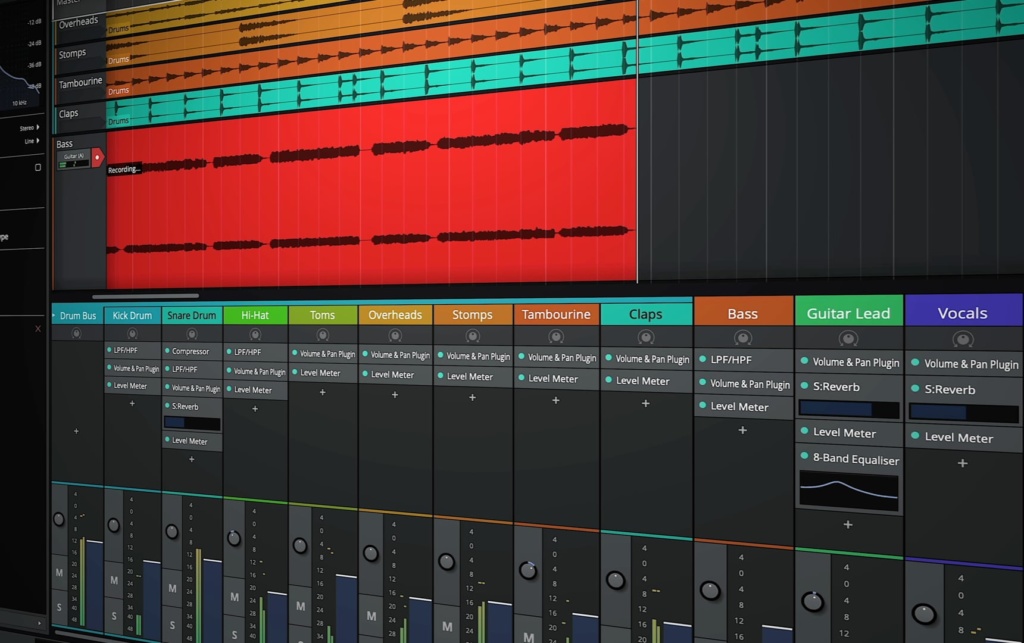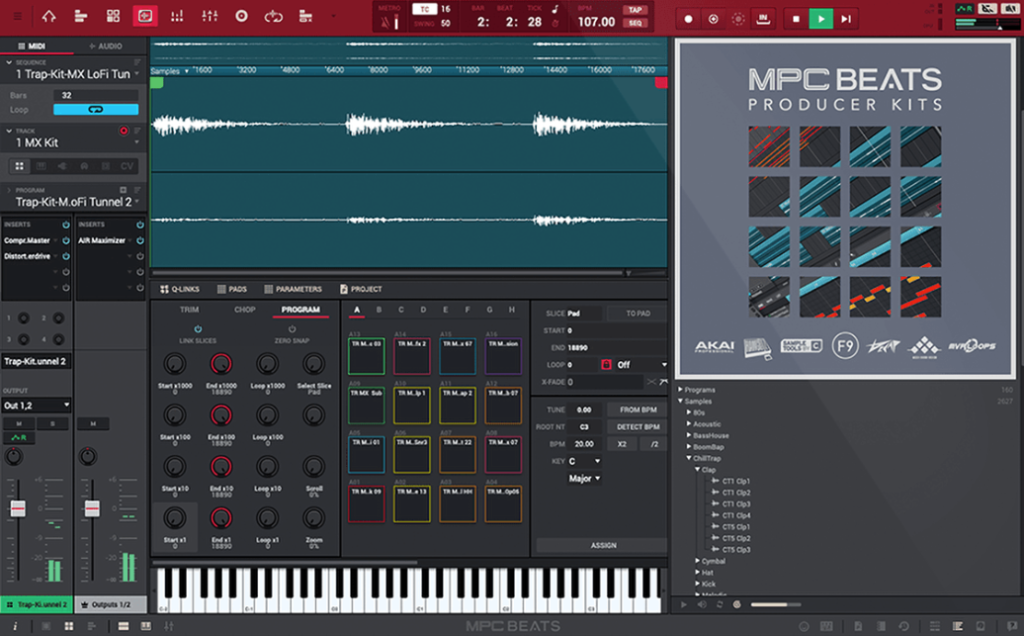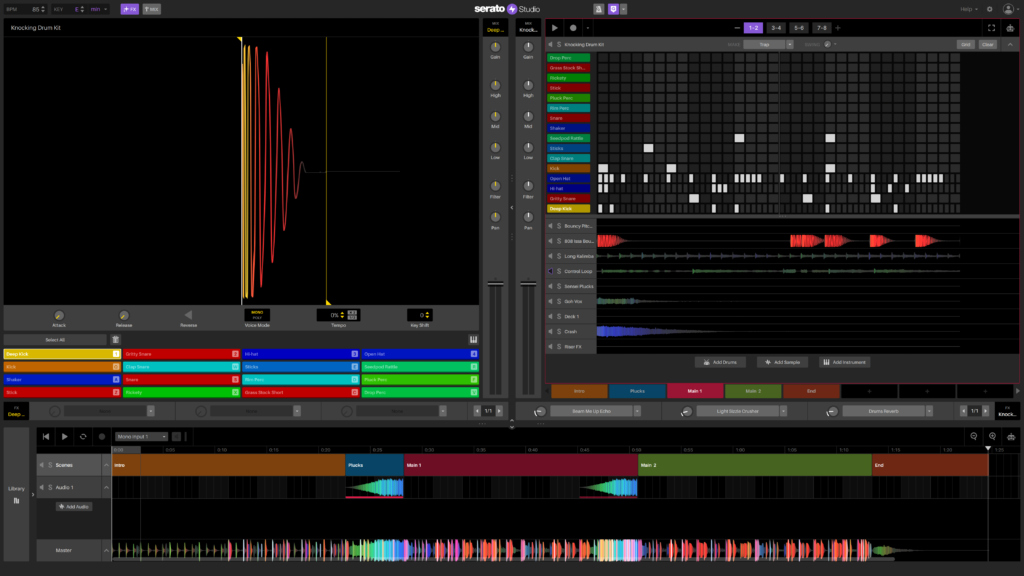So as you can see, you don’t really need to spend any money to start making dope beats. You just need a computer and an internet connection. That’s it.
So now what? How do you start making good beats? You have the tools, but how do you know where to start?
Music is subjective, so your workflow is really up to you. But there are certain elements of a beat you should include:
- Rhythm: drum kit, bass, supplemental percussion.
- Music bed: chords, chord harmonies, extra musical sounds.
- Melody: the main hook of the song, the melody people will remember from your song.
- Song structure: transitions between verses, chorus, and maybe a bridge or tag.
- Miscellaneous sounds: this could be a gunshot sound, a bell, a dog barking, or whatever spices up the song.
- Contrast and surprise: you need ups and downs throughout the song, calm parts and energetic parts, higher frequency instruments and lower ones.
Now that we’ve got the main elements down, here are some basic tips for making the best beat possible:
- Don’t make the beat too busy — someone may end up singing or rapping over it and things will get muddled.
- Try starting with the basics — just lay down the kick and snare as a foundation, then build the beat, melody, and other instruments from there.
- If you have a melody idea, start with that — build the beat and bassline underneath.
So if you’re looking to become a beat-making Producer, the first step is to make beats. Make a lot of beats. Practice, get better, hone your craft. Eventually, you’ll get to the point where other artists will want to work with you.
You should start by reaching out to Singers, Rappers, or Songwriters you know: see if they want to collaborate. For example, you make the beat, they add the lyrics and melody. You may not end up with a hit song on your first collab, but keep trying. You never know what will happen.
And they may be surprised you made such good music with a free online beat maker.
How do I start producing beats?
Caleb J. Murphy (CareersInMusic)
To start producing a beat, set your BPM and write a kick and snare rhythm – these two elements define the vibe of your beat. Next, create the high-hat or shaker pattern to fit the kick-snare combo. Then you may want to add in supplemental percussion elements to give the beat some variety and avoid too much repetition. Next, you can add melodic elements or a sampled chord progression. Lastly, mix and master your beat.

